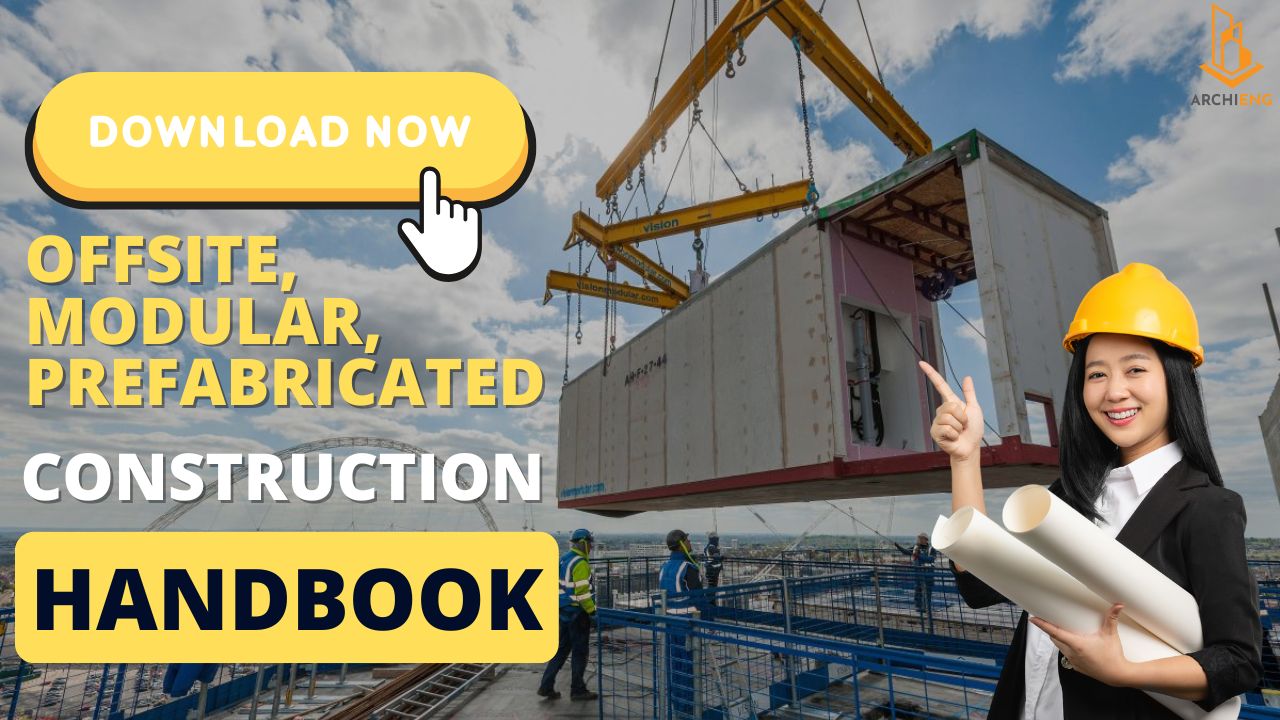Securing Your Structure: The Importance of Seismic Anchors in Australia
.png)
Australia is a land of diverse landscapes, but one constant threat across the nation is earthquakes. While the frequency and severity vary by region, the potential for seismic activity demands responsible construction to safeguard lives and infrastructure. Though the frequency and intensity vary by region, seismic activity necessitates seismic-resistant construction to safeguard lives and infrastructure. This is where seismic anchors come into play.
Why Seismic Anchors are Crucial in Earthquake Engineering
Seismic anchors are specially designed fasteners that secure critical elements like beams, columns, and cladding during an earthquake. These go beyond everyday anchors, offering superior strength and flexibility to withstand seismic shaking and movement.
Their significance lies in preventing:
- Structural collapse: Seismic anchors ensure crucial components remain in place, maintaining structural integrity during tremors.
- Equipment and fixture failure: Anchored equipment like water tanks, gas lines, and electrical panels remain secured, minimizing secondary hazards like fires and leaks.
- Loss of life and property: By preventing structural failures and securing equipment, seismic anchors play a vital role in protecting people and property in the event of an earthquake.
How Seismic Anchors Behave in an Earthquake?
As per the diagram below, seismic conditions significantly change the behaviour of anchors, compared to static conditions. Static anchors doesn't move much. Whereas seismic loads are not static, it consists of large lateral loads, cucliging with intertia force in multiple directions. These movement will cause cracks to occur in concrete, and therefore seismic anchors have been specifically designed to cater the various cracked-concrete situations.

Ensuring Compliance with AS5216:2021 for Seismic Design
AS5216:2021 - Structural Use of Steel in Buildings is the governing standard for earthquake-resistant construction in Australia. This standard outlines requirements for seismic anchor selection and installation, guaranteeing structures can withstand earthquake forces.
Here's how to achieve compliance with AS5216:2021 regarding seismic anchors:
- Identify Seismic Design Category: The standard categorizes regions based on their seismic hazard level (C1 to C4). This classification determines the design forces your anchors need to resist.
- Select C1 or C2 Anchors: AS5216 mandates the use of C1 or C2 seismic anchors depending on the seismic design category and application. C1 anchors cater to lower seismic zones (C1, C2), while C2 anchors are required for higher zones (C3, C4) and offer superior performance. C1 a maximum crack width of 0.5mm and C2 has a maximum crack width of 0.8mm, and cycled from 0.1 to 0.8mm in the test program.
- Engineer Your Seismic Design: A qualified structural engineer is crucial for designing the anchoring system. They will consider factors like, Seismic design forces as per AS1170.4, Base material properties (concrete, masonry, etc.), Anchor type, embedment depth, and spacing, Load combinations and ductility requirements.
- Use Certified Anchors and Installers: Ensure the chosen anchors are certified to AS 5216:2021 and sourced from reputable suppliers such as Iccons. Rondo and AllFasteners. Furthermore, only qualified personnel should perform the installation, following the manufacturer's instructions and relevant codes.

What's new in AS5216:2021?
- Design of fastenings under seismic actions
- Design of post-installed reinforcing bar connections
- Design of redundant non-structural fasteners
- Design of anchor channel loaded in shear in the longitudinal direction
- Appendix F of AS 5216:2021 outlines the design and pre-qualification requirements for post-installed fasteners under seismic actions. Pre-qualification of fasteners for seismic actions are categorized under seismic performance categories C1 and C2 and determined in accordance with EOTA TR049. Design of fasteners under seismic actions shall be conducted in accordance with AEFAC Technical Note TN-10.
By following these steps and adhering to AS5216:2021, you can ensure your building is equipped with earthquake-resistant anchors, contributing to a seismic-resilient community. Remember, seismic preparedness is an investment in the safety of your structure, occupants, and the environment.
seismic anchors australia c1 seismic anchors, c2 seismic anchors melbourne seismic anchors, perth seismic anchor seismic anchors for precast concrete, seismic anchors for brickwork earthquake resistant anchors, vibration resistant anchors as5216 seismic anchors, seismic compliance australia What are seismic anchors? How do seismic anchors work? Regulations for seismic anchors in Australia


.png)
.png)




.jpg)


.png)

.png)







.png)

.png)



.png)





.png)



.png)


.png)
.png)

.png)
.png)
.png)
.png)

.png)




.png)






.png)

.png)
.png)
.png)
.png)
.png)
.png)
.png)
.png)
.png)
.png)
.png)












